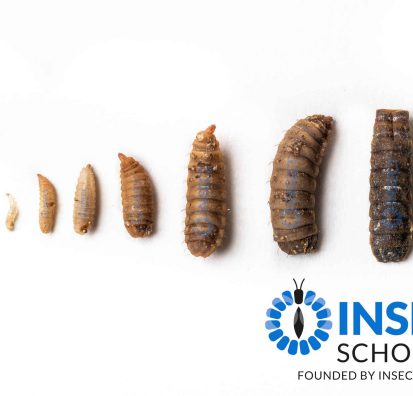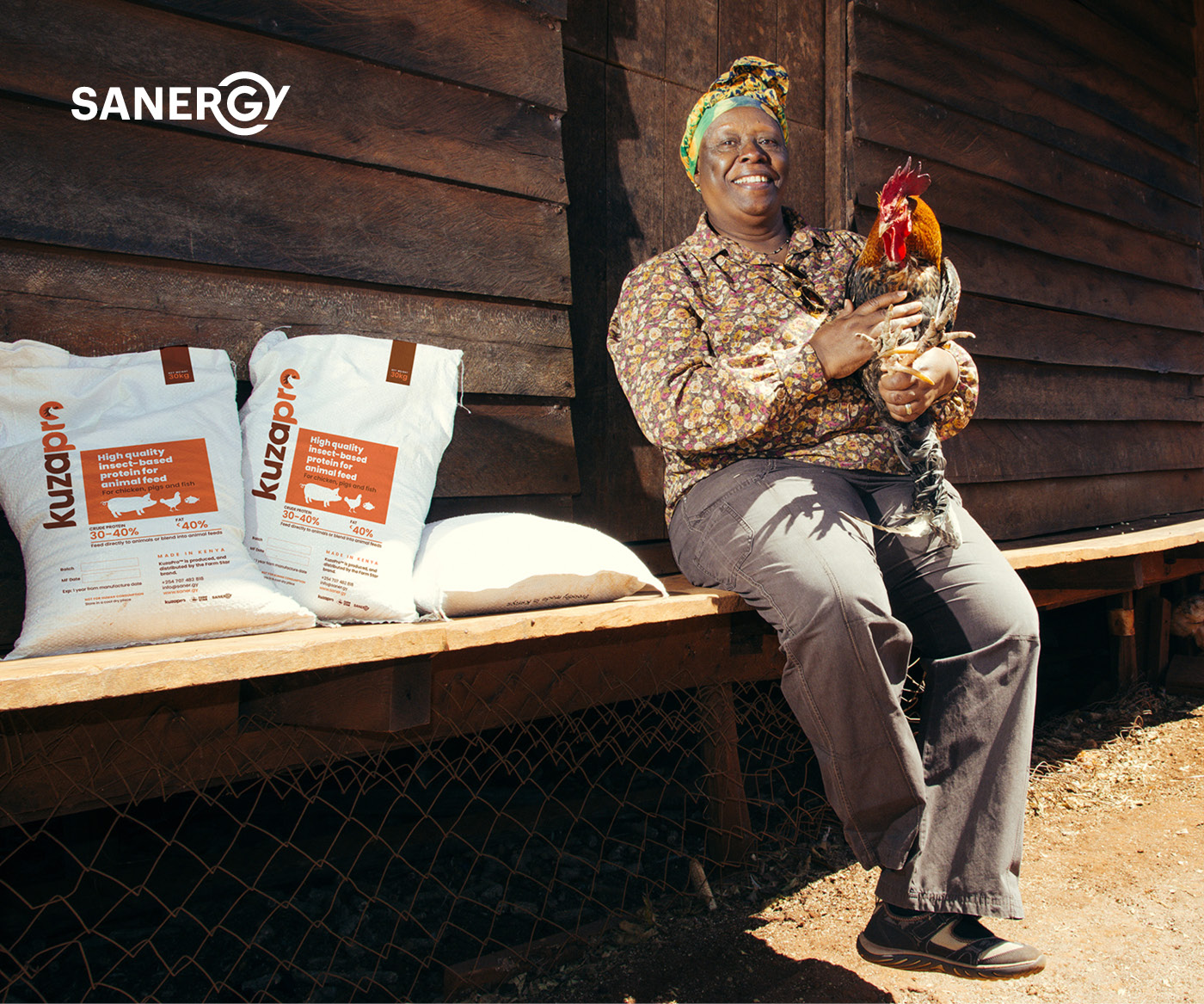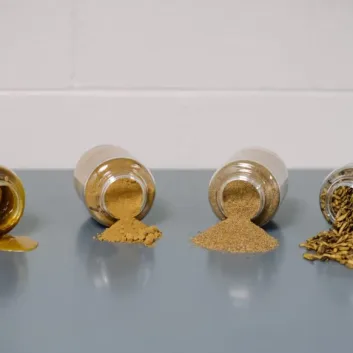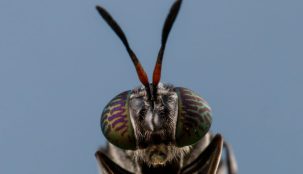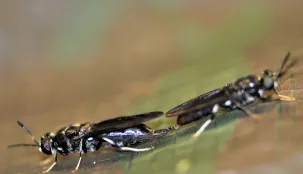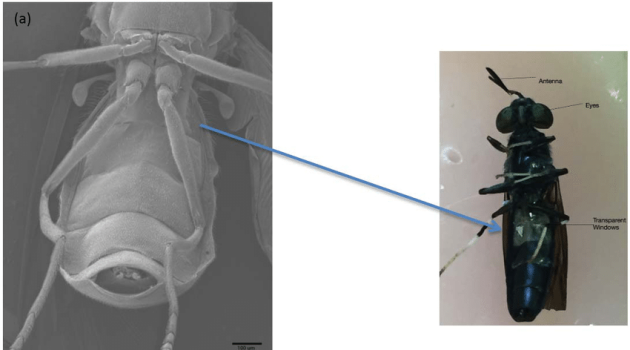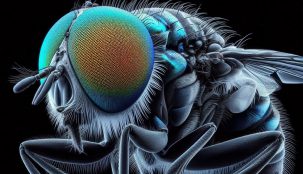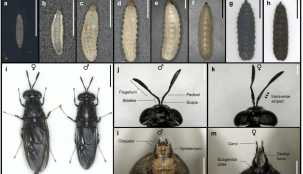Striking a Balance: Microbial Dynamics in Black Soldier Fly Larvae Rearing
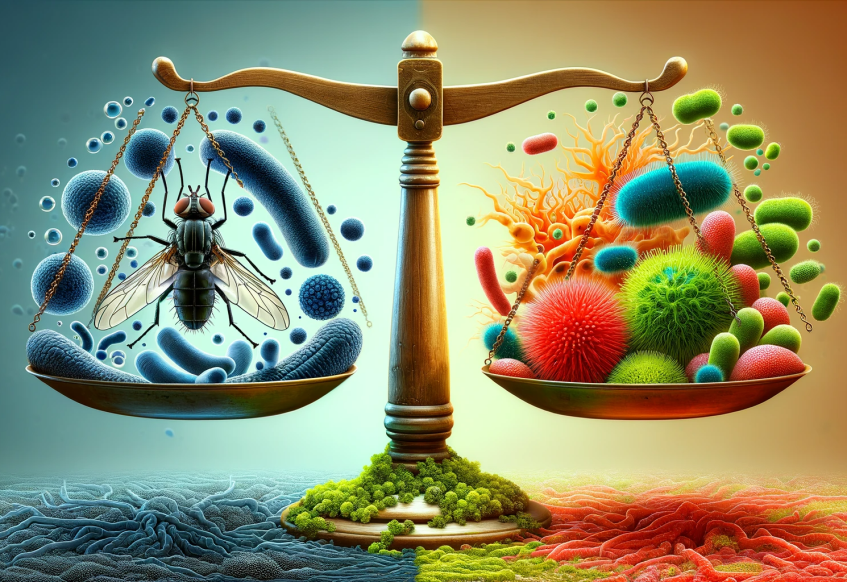
Microorganisms, commonly known as microbes, are indispensable players in the intricate web of life, contributing significantly to various ecological processes. Among their roles, microbial activity plays a pivotal role in the generation of carbon dioxide (#CO2) emissions, constituting approximately 34% of the total emissions. This interplay between microbes, substrate, and larvae has been studied extensively, shedding light on both the positive effects of microbial activity and the potential downsides associated with emission production.
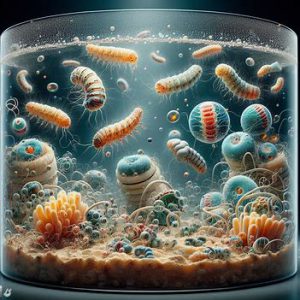
Parodi et al. (2020) conducted a comprehensive study to unravel the complex relationship between microbial dynamics and Black Soldier Fly (BSF) larvae, aiming to understand the impact of these microorganisms on CO2 emissions during the larvae rearing process.
Microbial Activity in BSF Larvae Rearing
The study employed two respiration chambers, each housing 30,000 5-day-old BSF larvae and 12 kg of fresh substrate as nourishment. As the study progressed, CO2 levels within the chambers exhibited an initial rise, followed by a subsequent decline starting on Day 6. This prompted the researchers to take specific actions in each chamber to manage the microbial dynamics.
In Chamber 1, 6 kilograms of fresh substrate were added to sustain the larvae’s environment. Meanwhile, Chamber 2 underwent a meticulous sieving process, extracting the larvae while reintroducing the residual matter, known as frass, alongside a fresh batch of substrate. The observations from Day 6 to Day 10 revealed a fascinating correlation: CO2 emissions from Chamber 2, including the residual material and supplemented with new substrate, constituted 34% of the CO2 output from Chamber 1.
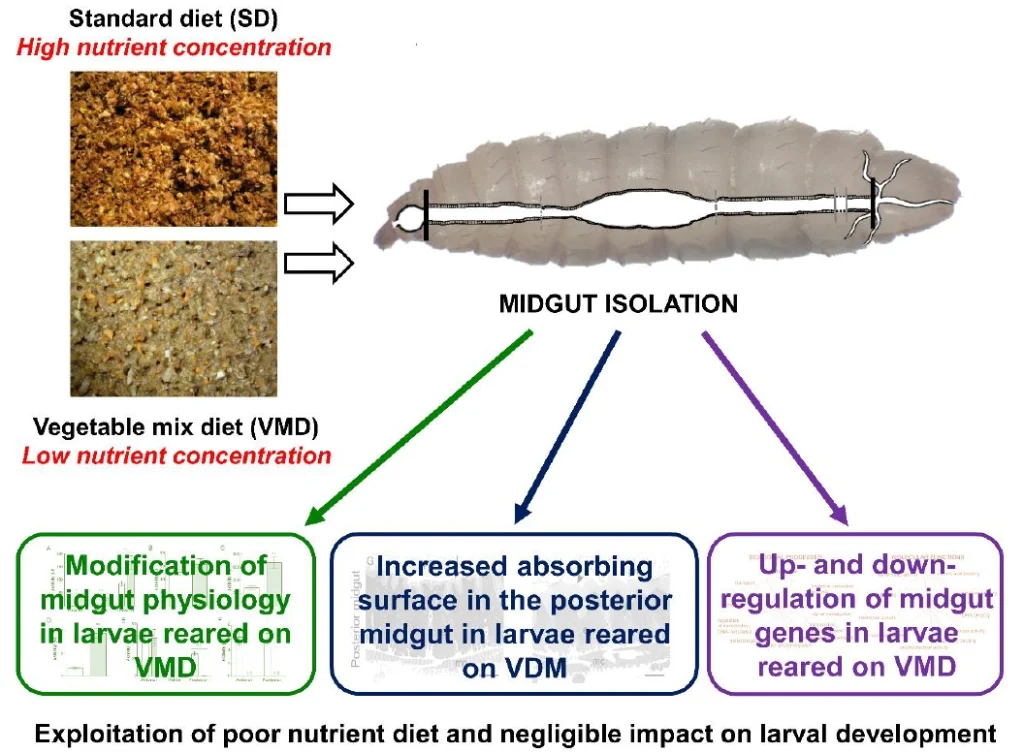
The Positive Role of Microbes in BSF Larvae Rearing
It is well-established that beneficial bacteria contribute positively to the diet and growth of BSF larvae. Microbes facilitate the decomposition of organic matter, releasing essential nutrients for the larvae’s development. However, the study also brought attention to the potential downsides of microbial activity, namely escalated gas production and heightened heat generation.
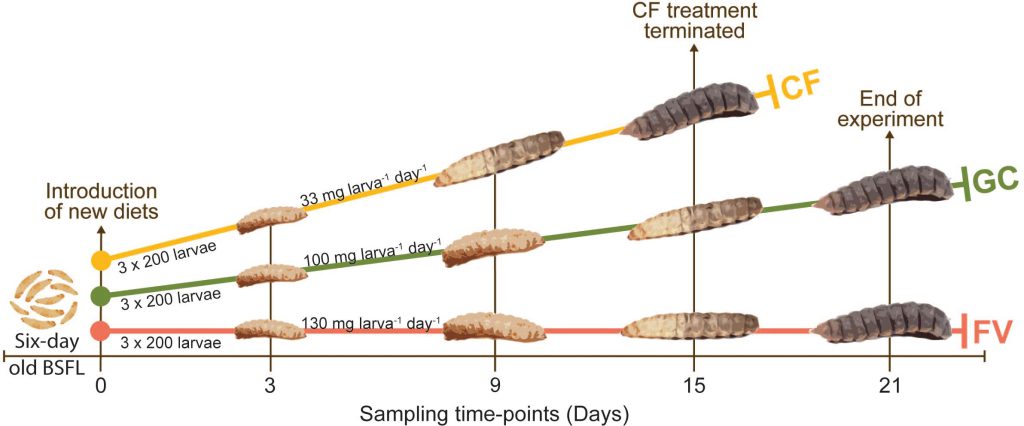
Striking a Balance for Sustainable Care
The findings underscore the importance of carefully managing larvae to ensure a balance between microbial dynamics and their direct impact on CO2 production. While microbes are essential for nutrient cycling and larval development, an excess of these microorganisms can lead to undesirable consequences. The delicate equilibrium between microbes and larvae is crucial for sustainable and effective care in BSF larvae rearing.
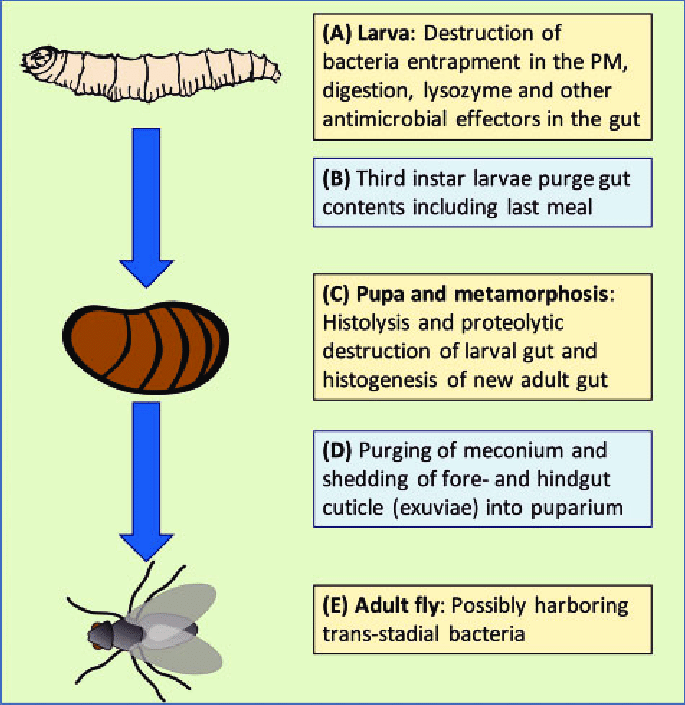
Microbial activity is well-documented for its role in CO2 production, contributing to the carbon cycle’s essential processes. Through respiration and decomposition, microorganisms release carbon dioxide as a metabolic byproduct, influencing the exchange of carbon between the biosphere, atmosphere, and other Earth systems.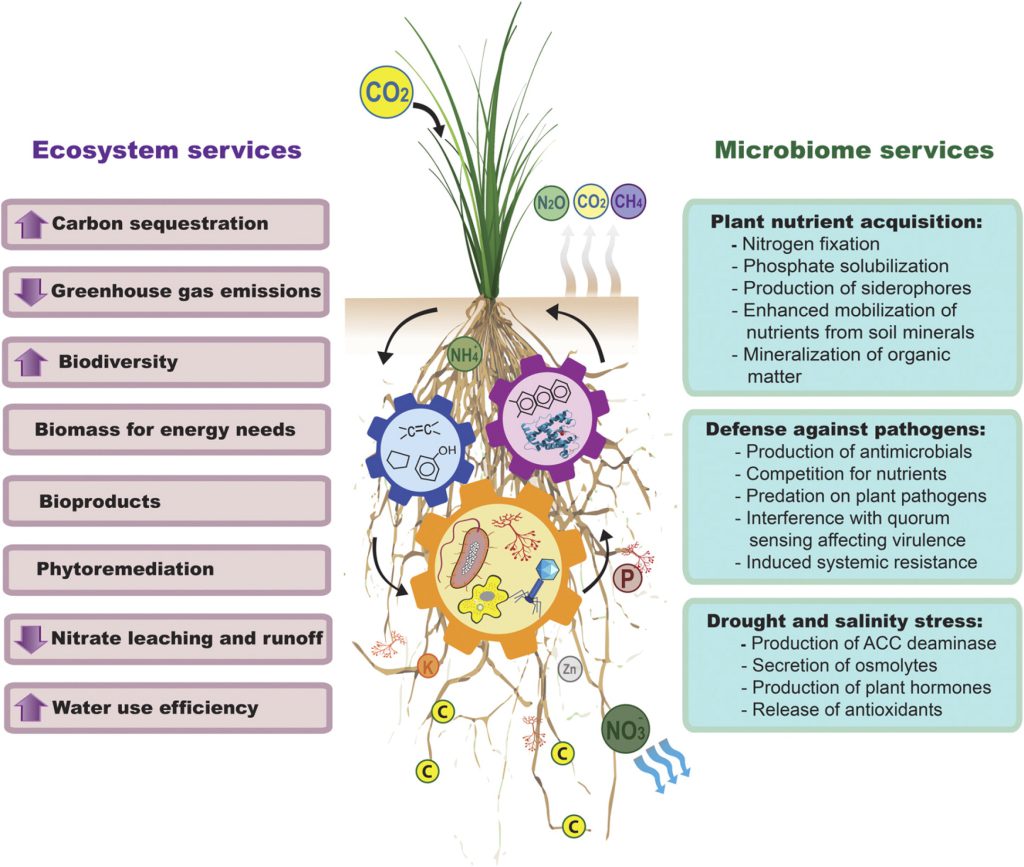
Parodi et al. (2020) provided valuable insights into the complex relationship between BSF larvae, substrate, and microbes, highlighting the substantial contribution of microbial activity to CO2 emissions during the rearing process. The study emphasized the need for a balanced approach to manage microbial dynamics, considering both their positive effects and potential downsides such as excessive gas and heat generation.
For more information about:
- Insect bioconversion of waste, please contact us at the Insect school. https://www.insectschool.com/
- Turnkey insect farms – https://www.insectengineers.com/bsfturnkey/production
If you would like to book BSF industry keynote speaker Bob Holtermans for your event – https://www.insectengineers.com/about-us/speaker-bobholtermans
